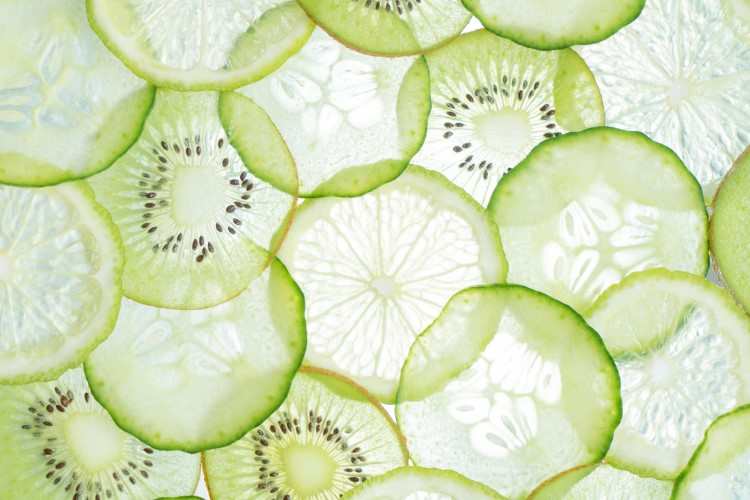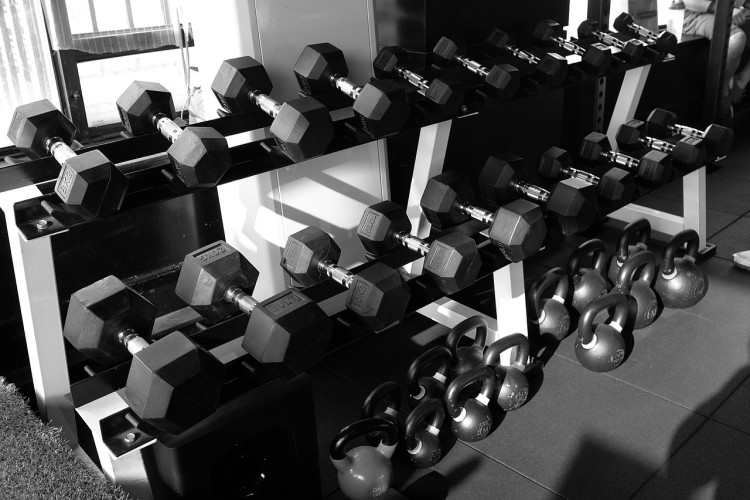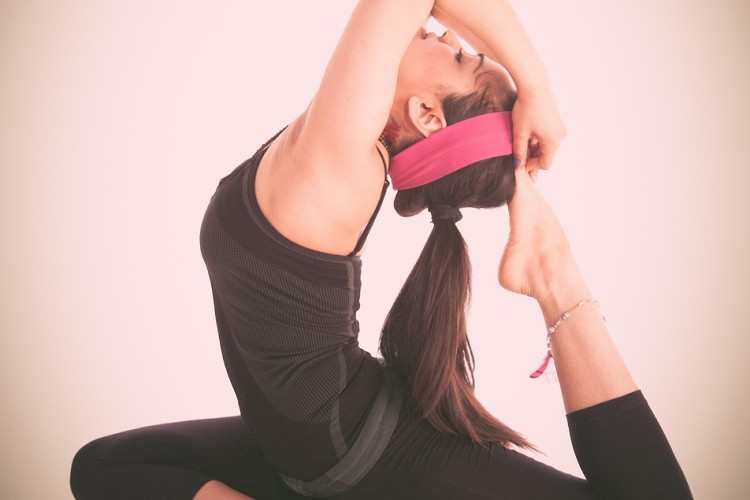- CONTACT US
- Self-care
- General Health

This is the most important rule. “Hasn’t it been drilled into us that using face serums and eye creams on cleansed skin boosts their efficacy?” you ask. The skin isn't a dusty tabletop that needs extra scrubbing to get clean. Oils and sweat on the skin are mistakenly considered dirt, though they form a ‘paint’ overlying the stratum corneum — an essential part of your skin barrier.
When you completely remove this 'paint' every time you wash, the stratum corneum is laid bare. Overproduction of oil in oily skin, while dehydration, redness or flaky patches occurs on dry skin.
How do you effectively and safely cleanse? Below are the guidelines.
Frequency
Cleanse your face twice daily, i.e., morning and night. Night-time wash-ups are mandatory. After enduring environments with wind & sun; makeup, sunscreen; bacteria, dead skin cells, and oil building up throughout the day —missing a night cleanse means allowing unwanted debris to settle in pores causing inflammation. Use a mild cleanser at night, refraining from vigorous towel scrubbing. Just splash water on your face in the morning. If you perspire a lot—whether during summers or after physical activity, add one more cleansing session.
Shower according to season: in winter, every 2–3 days (once a week for the elderly); in summer or after exercising frequently, daily showers can be taken.
Time Limit
Facial cleansing should not last longer than 3 minutes. Keep your showers under 15 min; baths to be concluded in 20 — approximately the duration of 3-5 songs. Foot sweats are ideally soaked for less than 30 minutes.
Using Mild Products
Use gently acidic cleansers that are in harmony with your skin’s natural pH (4.5-6.5). Oily skin: pH 5.6–6.0; dry skin: pH 4.5–5.0; normal skin: pH 4.5–5.5 Therefore, warm water should suffice for intimate area care. Do not use marketed intimate hygiene products as evidence exists that they disturb the microbial balance, thus increasing inflammation and infection risks.
Targeted Use
Different parts of the skin. When using cleansers, give preference to greasy and sweaty sections such as sides of nose, mouth, underarms, chest and back. Other parts require a gentle hand - don't "over apply."
If you're looking to personalize further, see the table with specific ingredients for different skin type in cleansers.
LATEST POSTS
- 1
 Light fasting is not so difficult, three steps to healthy light fasting
Light fasting is not so difficult, three steps to healthy light fasting - 2
 The Science of Walking: Five Key Health Benefits of Walking Correctly
The Science of Walking: Five Key Health Benefits of Walking Correctly - 3
 Maintaining oral health: Choosing the Right Toothbrush Matters
Maintaining oral health: Choosing the Right Toothbrush Matters - 4
 How Much Vitamin E is Necessary and Ways to Supplement It?
How Much Vitamin E is Necessary and Ways to Supplement It? - 5
 Preventing Influenza: Protection and Exposure
Preventing Influenza: Protection and Exposure
 How to supplement probiotics to improve gut microbiota?
How to supplement probiotics to improve gut microbiota? Good Habits for Good Health: Consistent Small Actions and the Correct Understanding of Health
Good Habits for Good Health: Consistent Small Actions and the Correct Understanding of Health The Science Behind Ergonomic Chairs You Should Know
The Science Behind Ergonomic Chairs You Should Know The health hazards of prolonged use of electronic products
The health hazards of prolonged use of electronic products Golden 8-hour sleep adds 5 years to life
Golden 8-hour sleep adds 5 years to life The difference between family health management and disease management
The difference between family health management and disease management Footwear and Health: Picking the Proper Shoes
Footwear and Health: Picking the Proper Shoes How to Optimize Vitamin D Supplementation
How to Optimize Vitamin D Supplementation Do We Truly Need Extra Mineral Supplements?
Do We Truly Need Extra Mineral Supplements?













